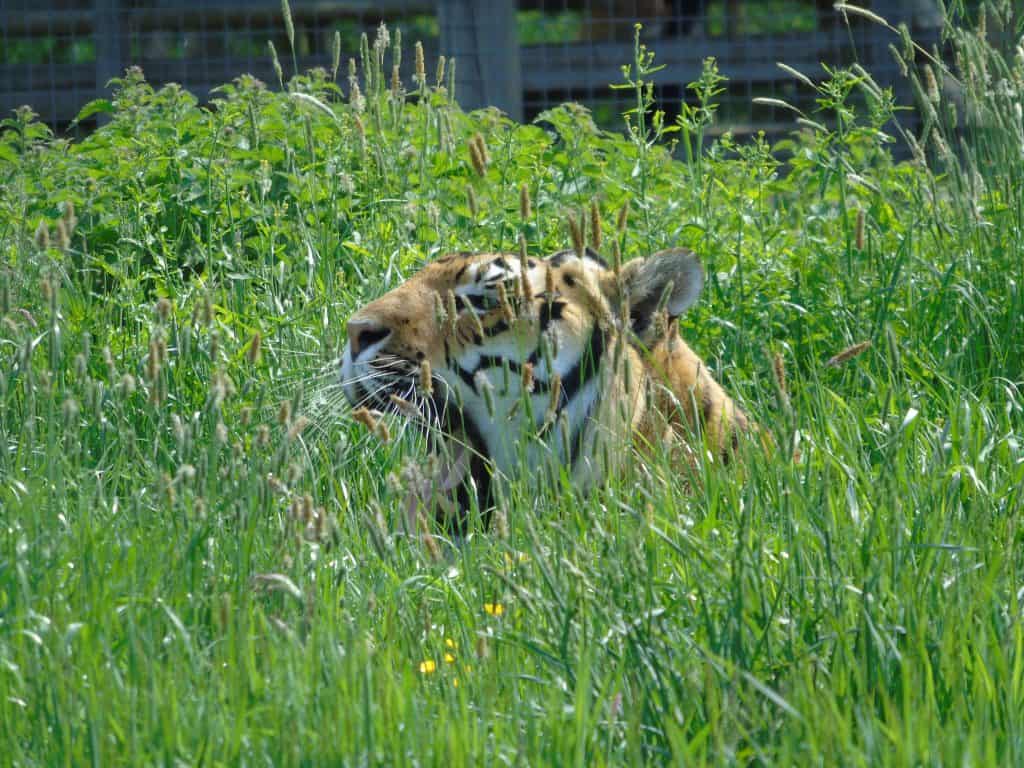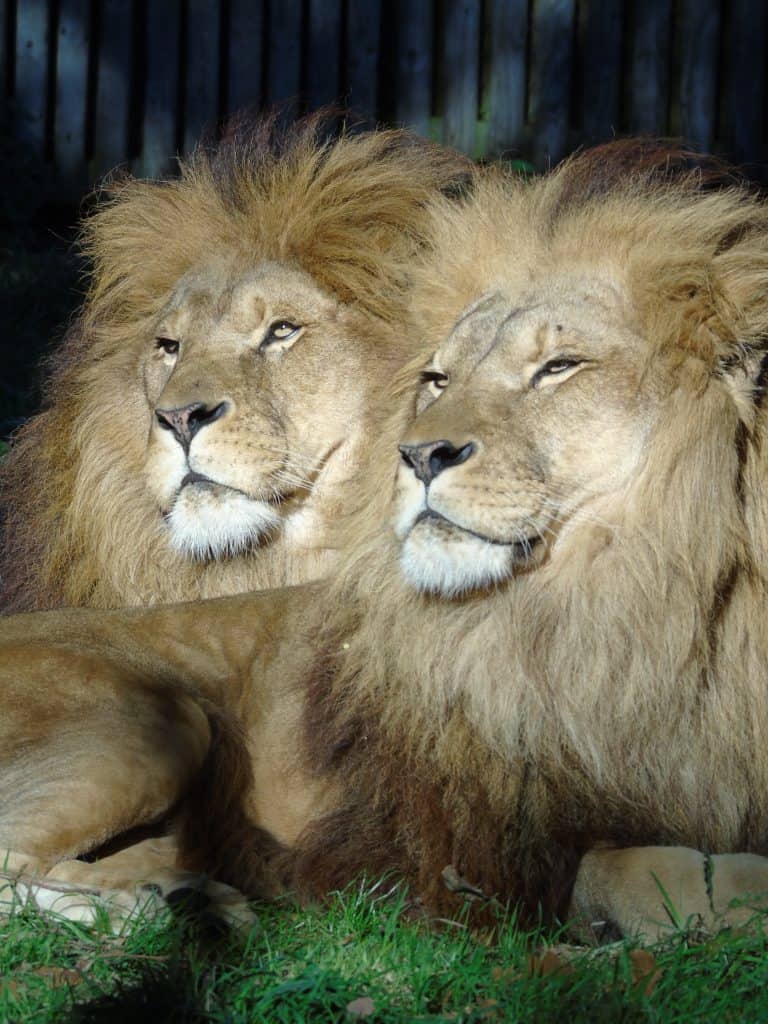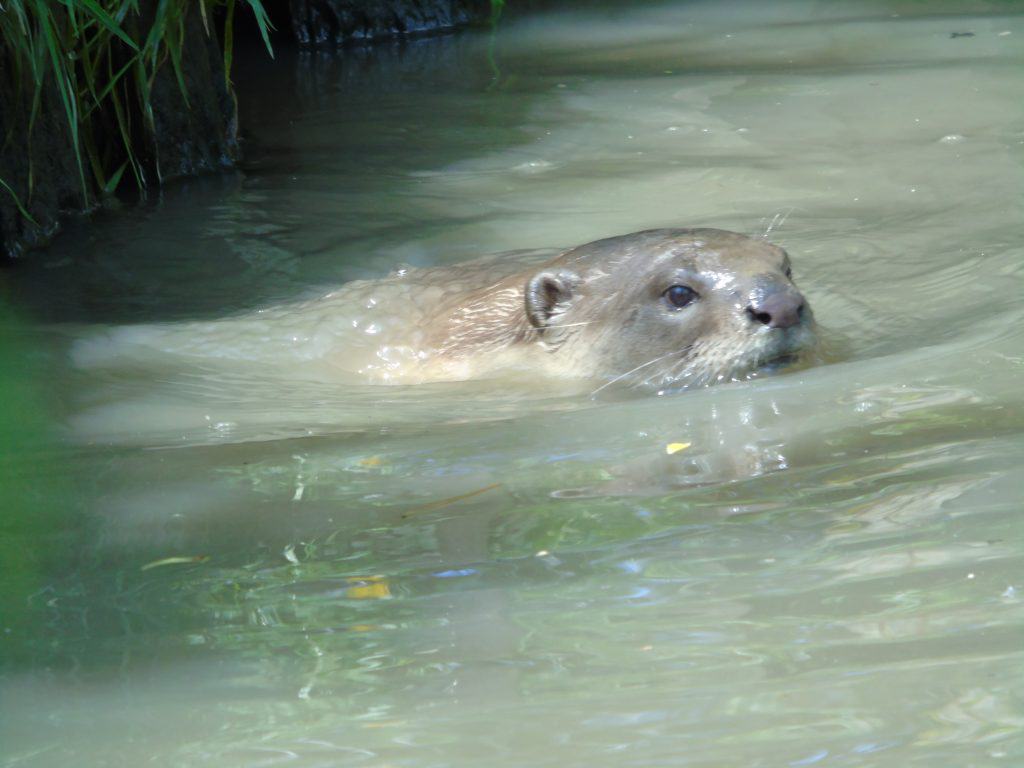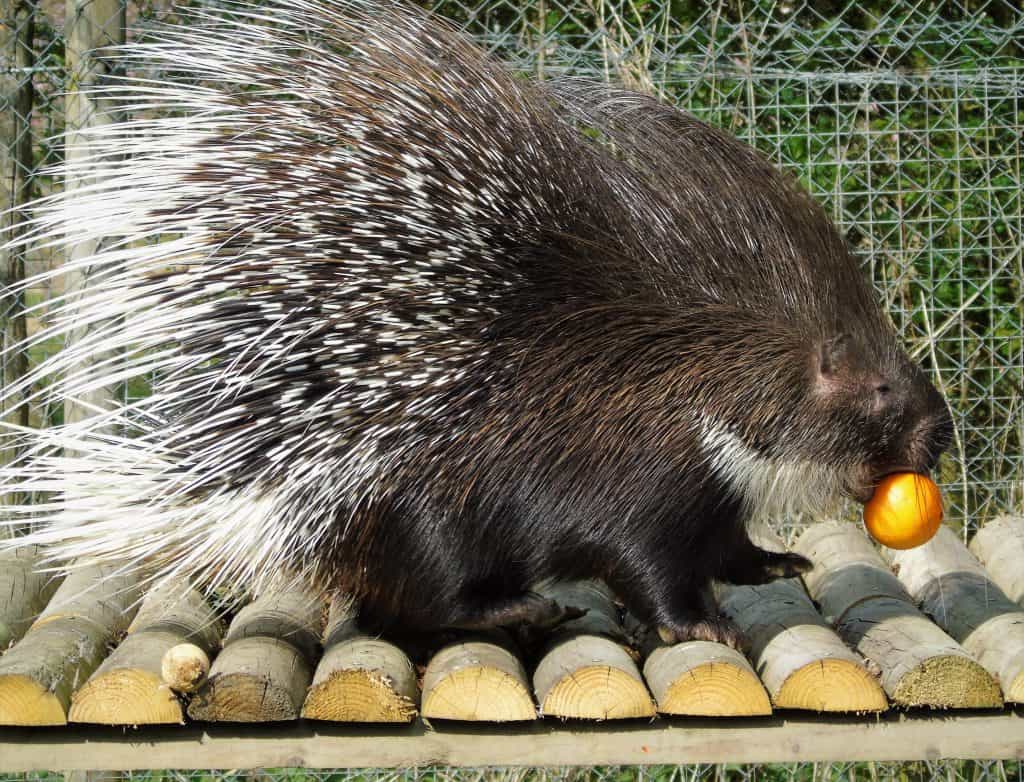1st October is National Hair Day so, with this on the horizon and to celebrate I thought I would base my blog on some of the uses animals have for theirs (or rather their fur).
Camouflage
The most obvious reason for an animal’s fur is camouflage. This is extremely important for predators as they need to get as close as they can to their prey to improve their chance of catching them. The idea of stripes and spots for example, is to break up the predators outline in amongst the long grass and trees. In India the grass can get to around 6 ft tall, so a tiger’s stripes blend in beautifully.

Attraction’s in the Hair
For a long time, it has been believed that a lion’s mane is for protecting the neck. However, research now suggests this is only an extra use as most injuries between fighting males were not solely in the mane area.
Instead, attracting mates appears to be the main reason for the mane. Like in many animals, males attract the females and lions do this by showing off the thickest and darkest mane. The darker, thicker mane shows higher levels of testosterone which means the lion is stronger and more able to fight off opponents. It also makes them faster healers and evidence shows their cubs are more likely to survive to their 2nd birthday. This is obviously going to be appealing to females.

Warmth
Fur will also keep the animal warm in cold environments. Some have double coats, an outer to protect from harsh weather and in inner to act as insulation. In some cases it is also waterproof. An otter’s guard hairs provide a barrier thanks to an oily secretion from glands under their skin. This prevents the water from even touching their skin, which in turn keeps them warm.

Hair for Defence
Porcupine quills are also technically hair. They use these quills to defend themselves from predators. They will run backwards sticking out their quills. These also come out easily so once they stick into the aggressor, they detach allowing the porcupine to get away. There are also barbs on the tip of these quills which make it hard to remove them and very painful.

Piloerection
Fur also makes an animal look more intimidating. Making them stand on end can increases the animal’s size. This is referred to as piloerection and is caused by muscles contracting resulting in the fur standing up. It usually happens along the shoulders and back. You may have seen your dog or cat do it during play.
So next time you come to the park take a look at some of the fantastic hairdos we have on show and see if you can work out what purpose they have.


